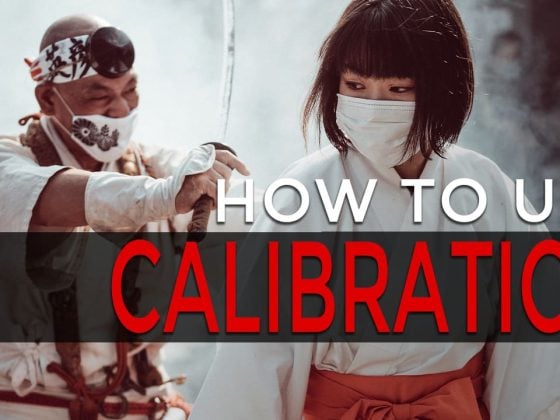It’s the end of the year and it’s time to smash mochi rice into little rice cakes. In Japan, it’s called Mochitsuki, or Mochitsuki festival.
Friends, family, or neighborhoods get together, bring mochi rice and everyone works together to smash the rice into a mochi paste after steaming it.
Doing this has become a little bit of a tradition over at some friend’s house and this is my third year participating. It’s harder than it looks. The rice is sticky and it’s a core workout. There is often this little mini-game you play where you see who gives up first between you and the other guy smashing with the mallet.

As always, I brought a camera with some new lenses to test.
Here I was shooting with the Pergear 35mm f1.2, and then I switched over to the Pergear 35mm f1.6 on the Fujifilm X-T3.
I know a lot of people still have this idea that faster lenses are somehow better than slower lenses. The opposite is true in almost every case, unless you need low light performance or extremely shallow depth, faster lenses will almost always produce the worst results if the same level of engineering goes into the slower lens. You are always doing yourself no favors by choosing a faster lens thinking it’s generally better – with the context of these two lenses or similar.
Of course, you always have to find a good middle ground between what you need, art vs IQ. While the f2 Chinese lenses are often better than the f1.6 or f1.8 lenses, I think the relationship between IQ and dof of f1.6 to f1.8 is great for APS-C cameras and what these cheap lenses have to offer. They give us a good range of performance from nice shallow dof that’s still manageable with manual focus, while still having a nice IQ. But if I were to choose a lens that would be used more for landscape work, I would likely stick to the f2 – f4 versions.


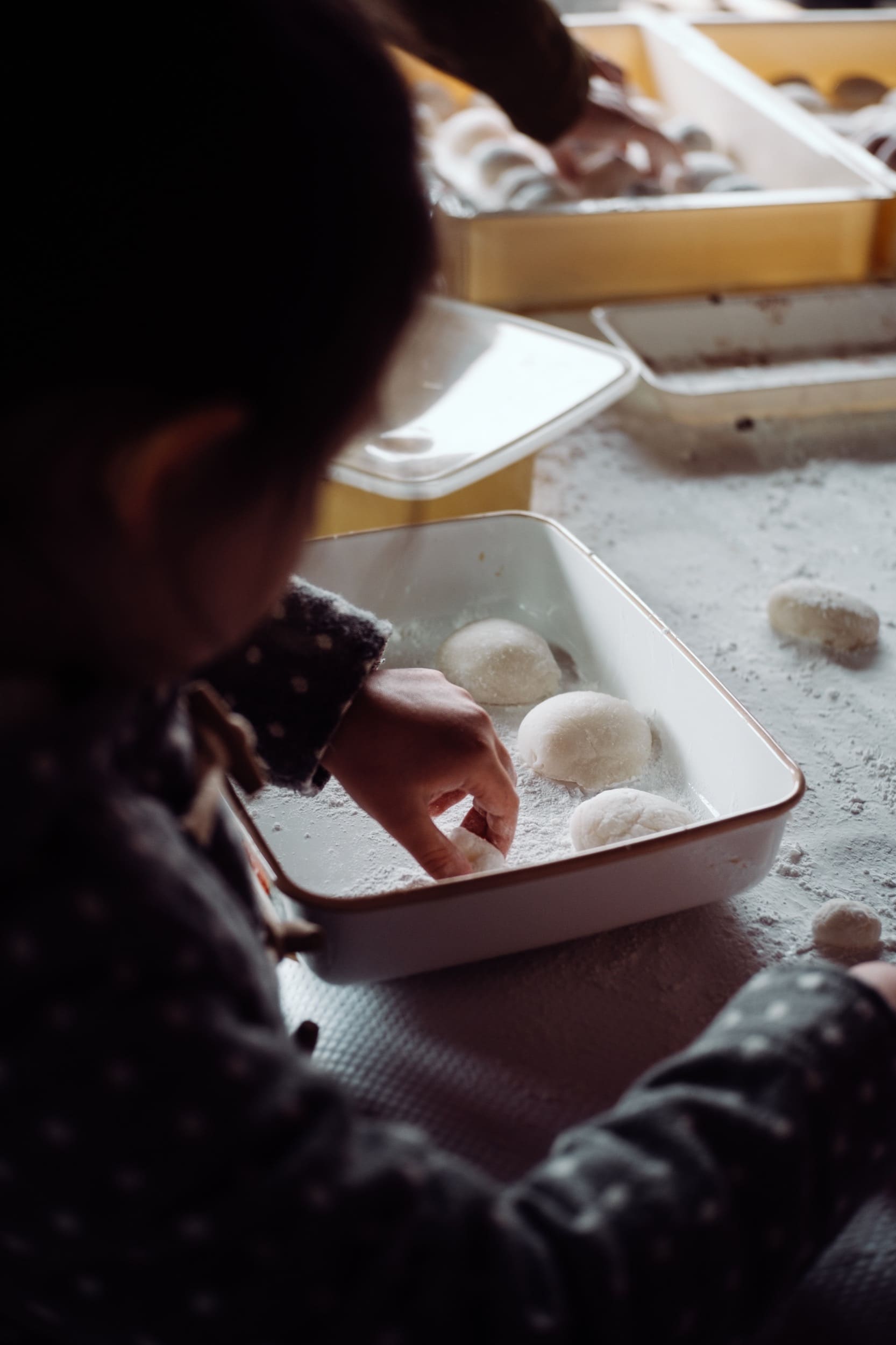
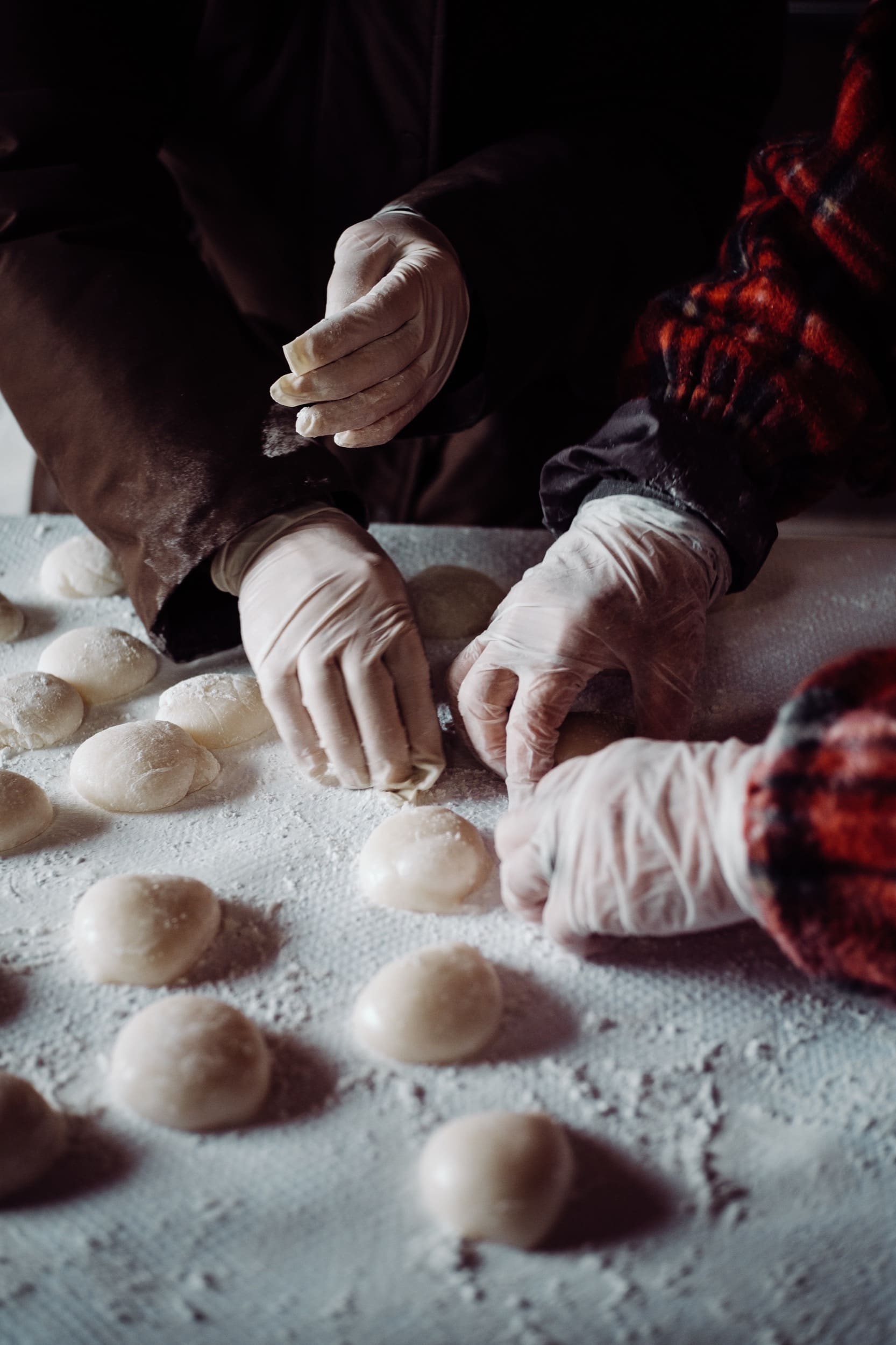
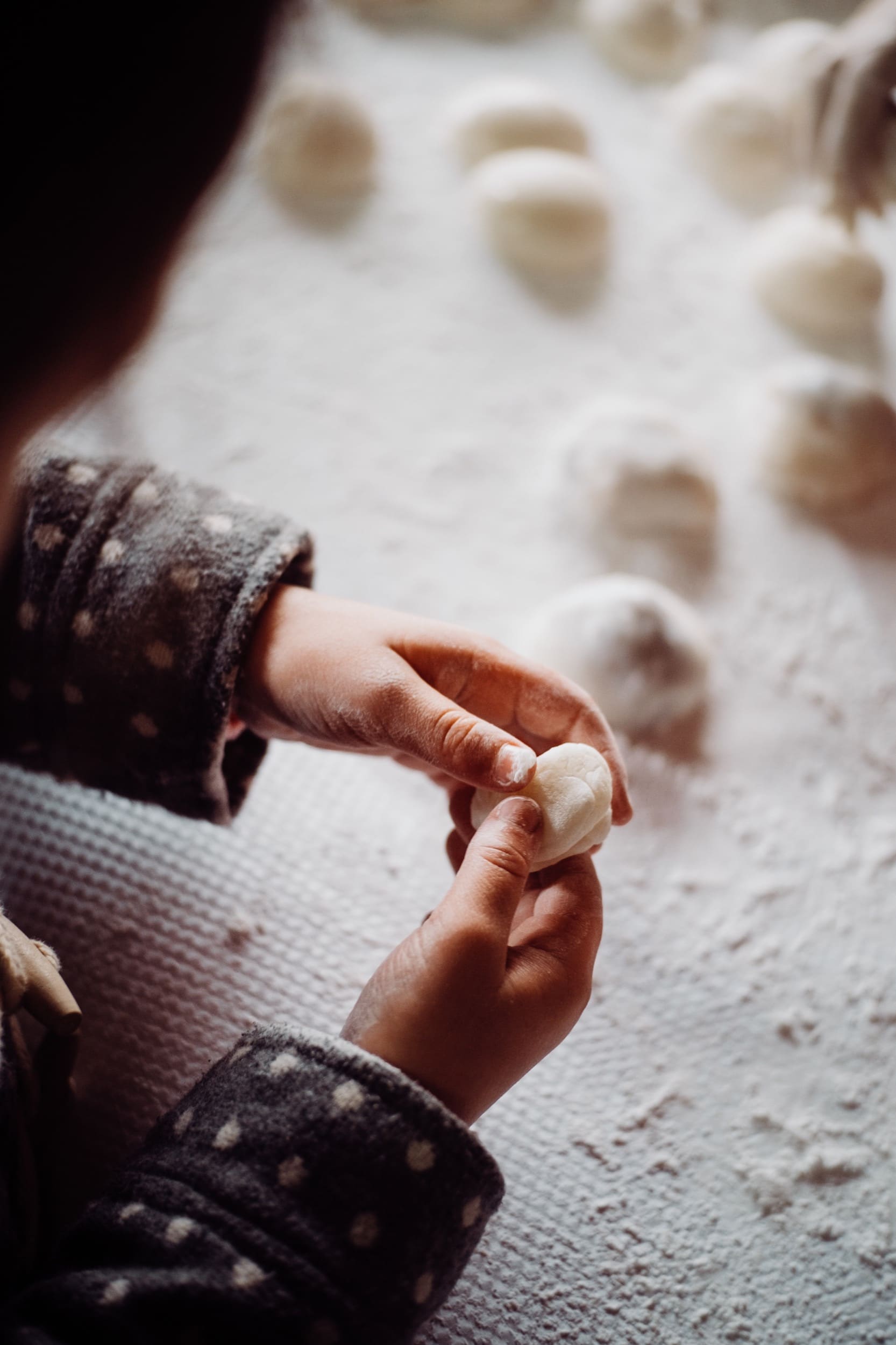
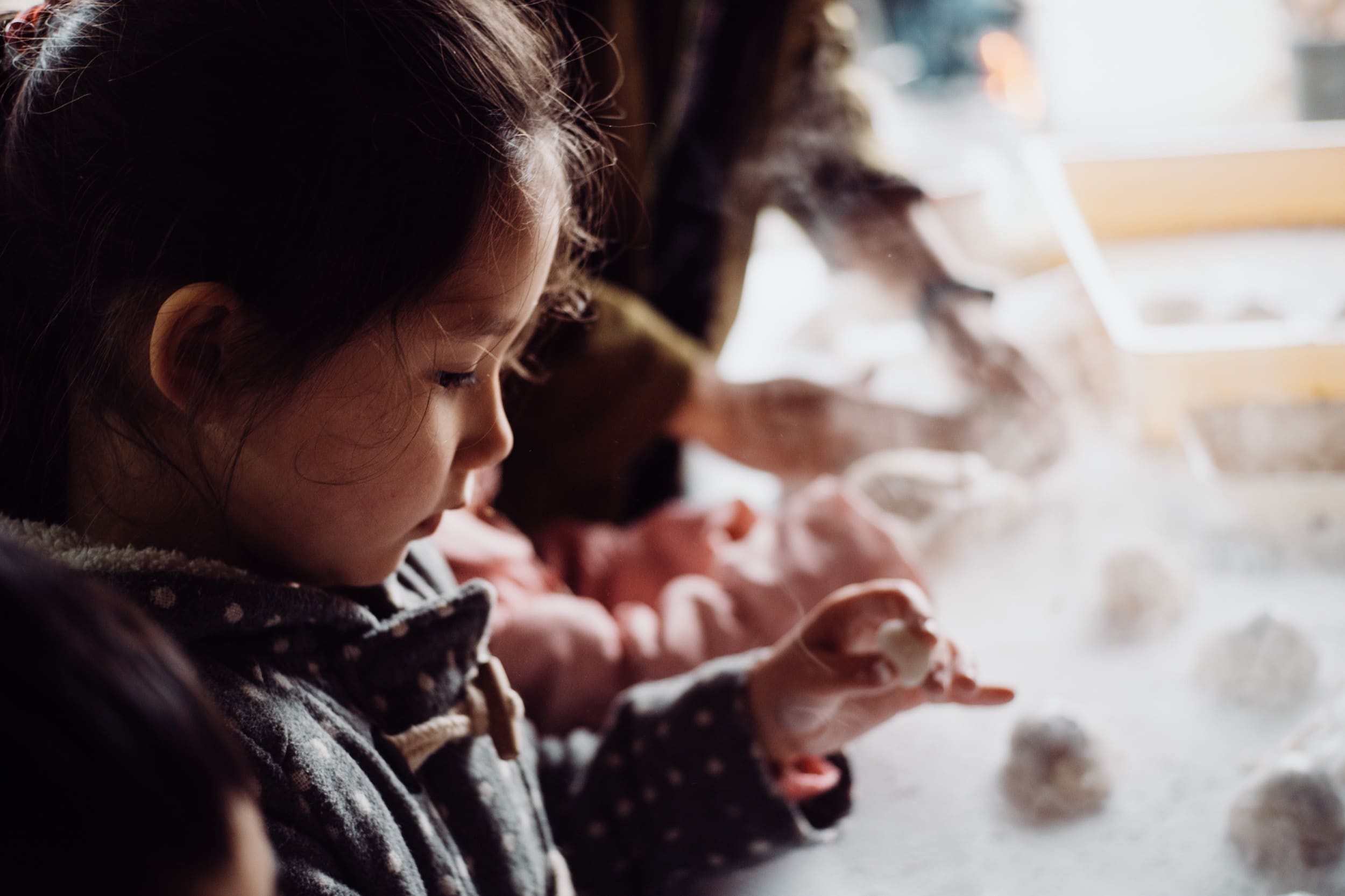
When looking at these two lenses, the f1.2 vs the f1.6, the 35mm f1.6, for general shooting is substantially better in every way, except the f1.2 lens pulls in more light in dark situations, and has a shallower depth of field, which most people won’t be able to distinguish from the f1.6.
But the f1.2 lens definitely has its place and its uses and will still look great, like with this shot. I was able to keep the ISO low, and the shutter in a nice place to freeze the action because of the brighter aperture.
Can’t you just stop down the Pergear 35mm f1.2 to f1.6 and get the same results? No. There is still a lot of distortion and field curvature, with vignetting pinching the corners.
There is of course a sweet spot when choosing a lens with a max aperture. I still think around f1.4-f1.8 is pretty much perfect for APS-C if engineered well since they can keep the system small and compact and full-frame can often get away with around f1.8 to f2. Although Rokinon / Samyang did a great job on their f1.2 APS-C lenses. But for me, I always have this problem where if I’m going to start buying bigger lenses, I might as well just go full-frame.
Some people are willing to sacrifice the smaller size and weight of the f1.8 full-frame lenses to go for the f1.4. I haven’t been able to justify it yet.
For how I shoot, I like the Pergear 35mm f1.6 significantly more than the Pergear 35mm f1.2, although the Pergear 35mm f1.2 is very good. Much better than the 7Artisans 35mm f1.2 or the Neewer 35mm f1.2 and I’ll likely use it a lot more than I did those lenses.
I would also say, the Pergear 35mm f1.2 is probably even better than the Meike 35mm f1.4.
So if you’re shopping for lenses this size for the 100 dollar and under range. I would take the Pergear 35mm f1.2, if you need low light, then either the Pergear 35mm f1.6 or Meike 35mm f1.7 for general use. I like the build quality of the Pergear 35mm f1.6 more than the Meike. For 50mm, I like the Pergear 50mm f1.8, but I think the Brightin Star 50mm f1.4 is also a really good contender as its flaring is a bit more controlled and it still performs well at f1.4.
But those would be the 5 lenses I think are the best right now for cheap. And for wider, I don’t have too many of the 25mm lenses. A lot of people liked the 7Artisans 25mm, but it has some build issues with a lot of people, including myself. The Pergear 25mm has fewer elements and a better build. I’ll review that one this spring.

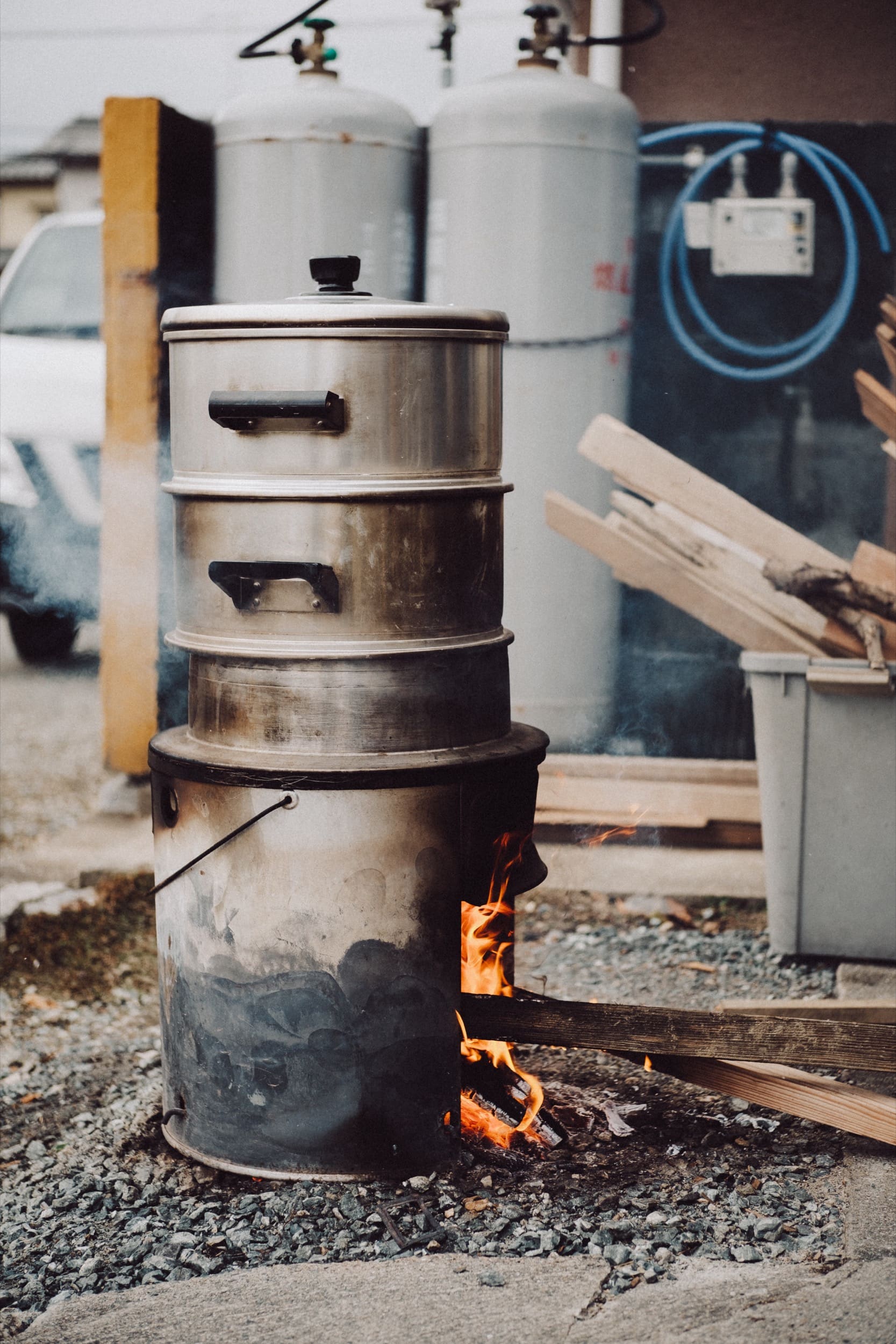
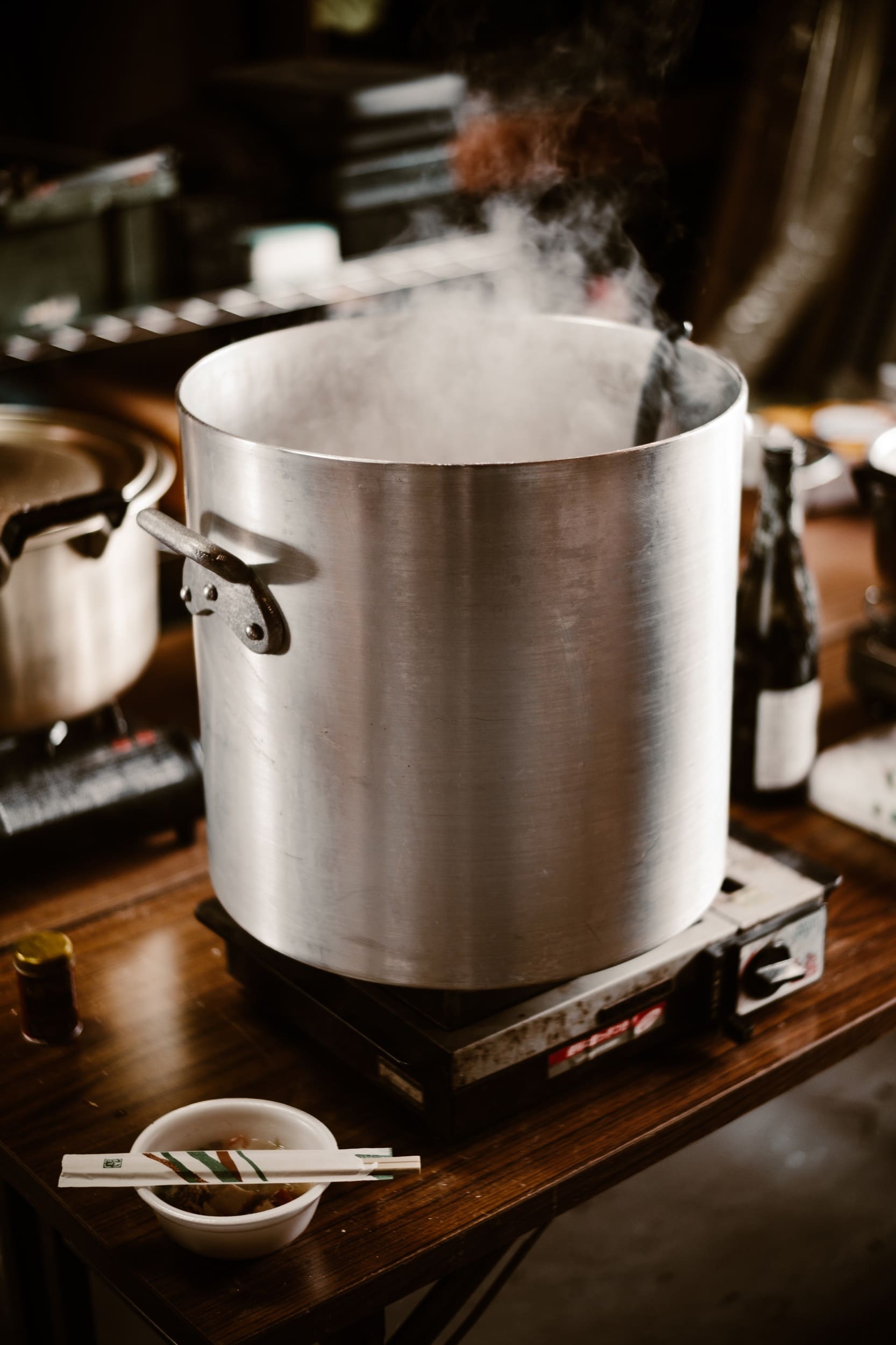

For the look of these shots, I tried something a little different. I stacked one of my presets, the “2g – Film – Core VII.1” on top of the Classic Chrome profile shot RAW. Seems to work well. So if you like the look of these, try that formula. The Core II and Core III were looking good but I chose the VII, because it was a cloudy, snowy, and grey day and I wanted to give the photos a bit more of a warmer glow.
BTW, My presets can be found here. Some people still ask me about presets on Instagram, but they are up.
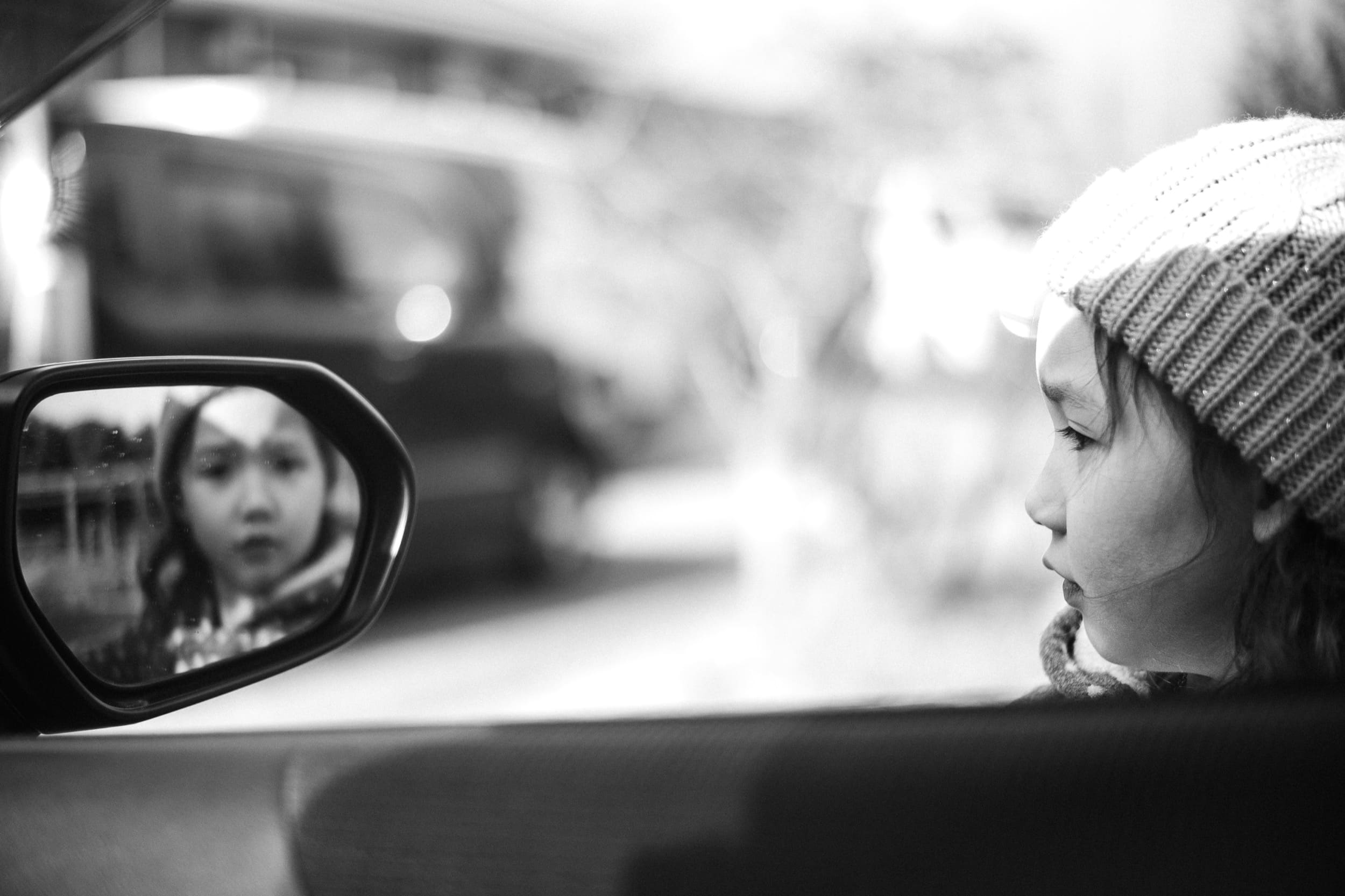
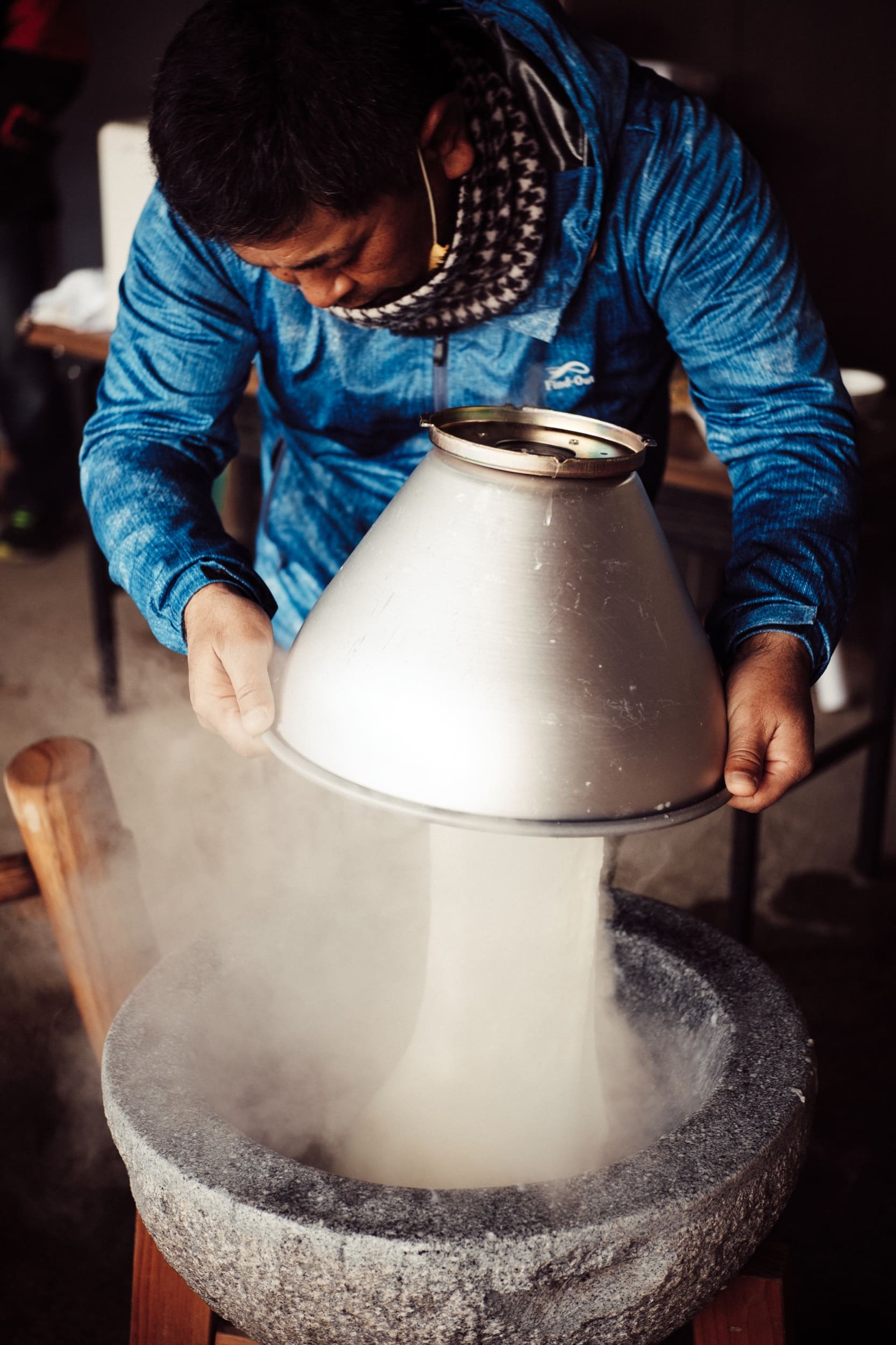

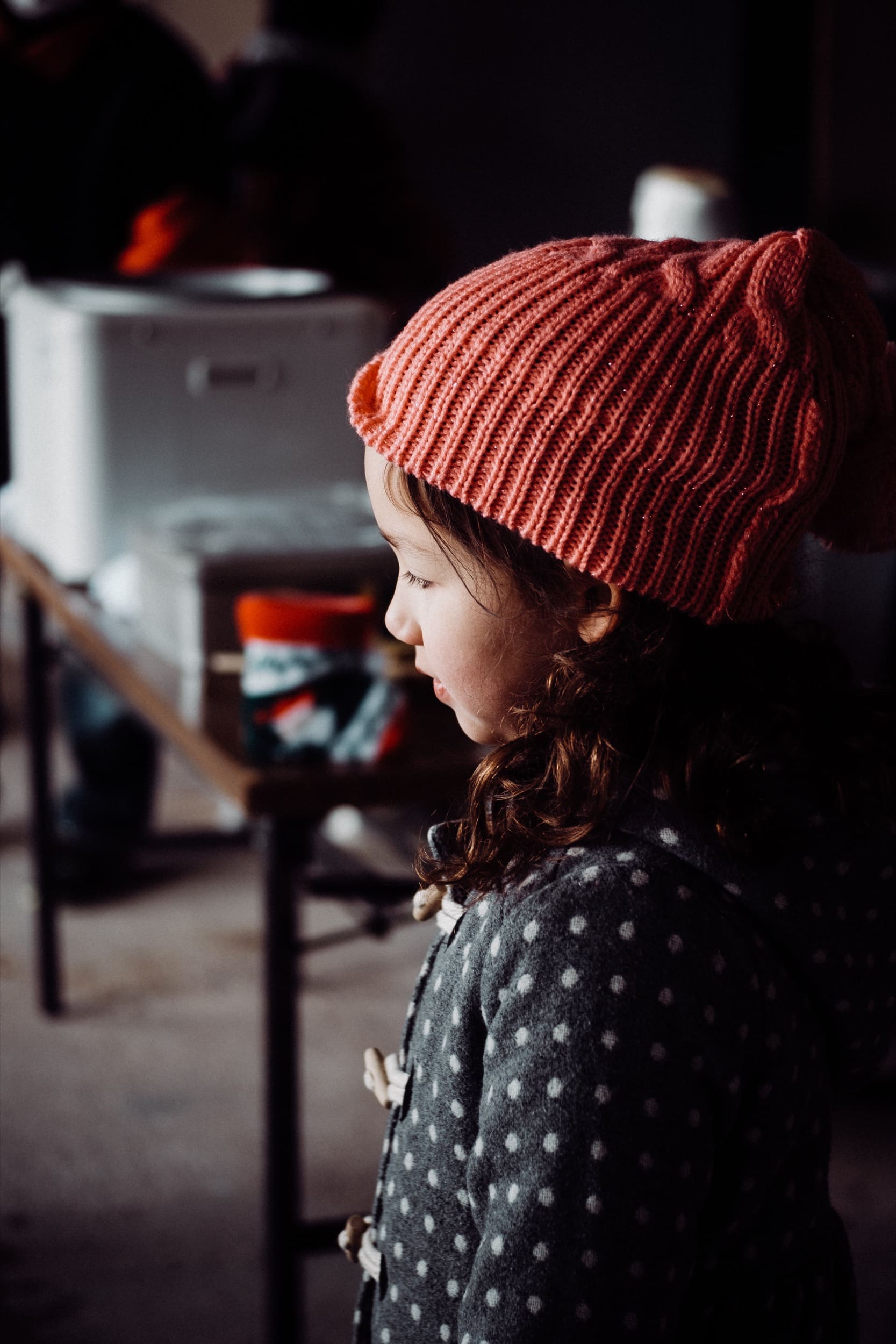
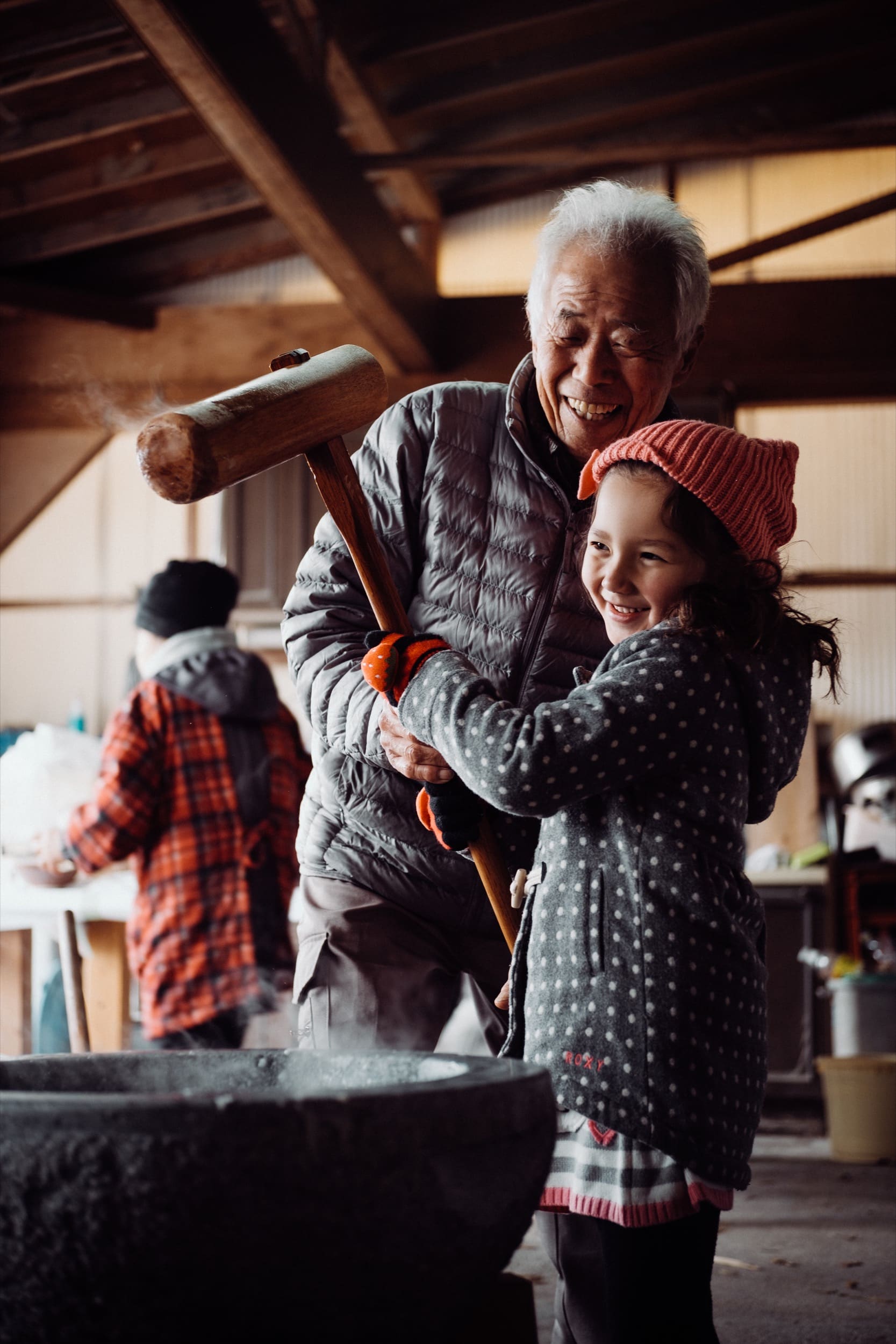


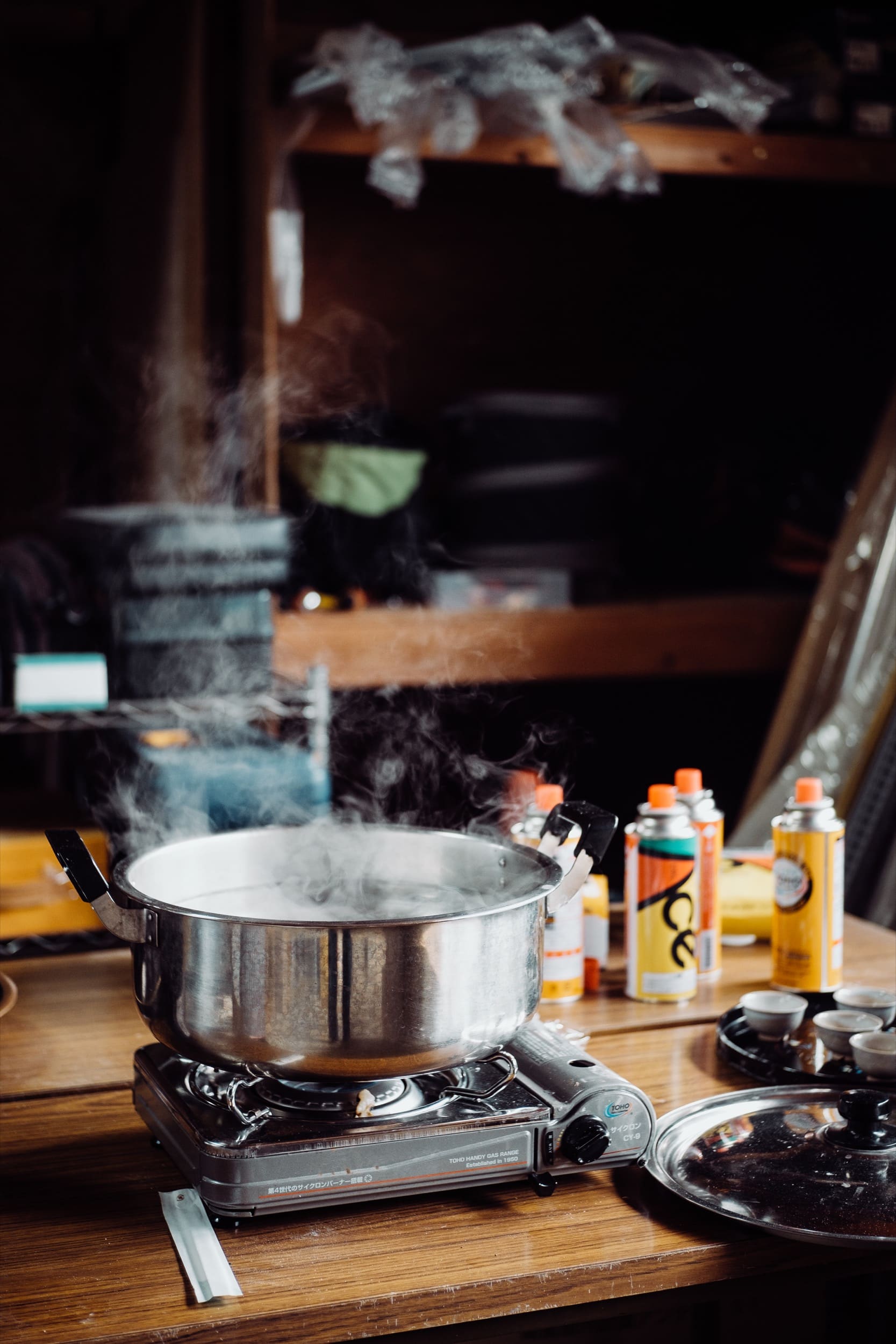
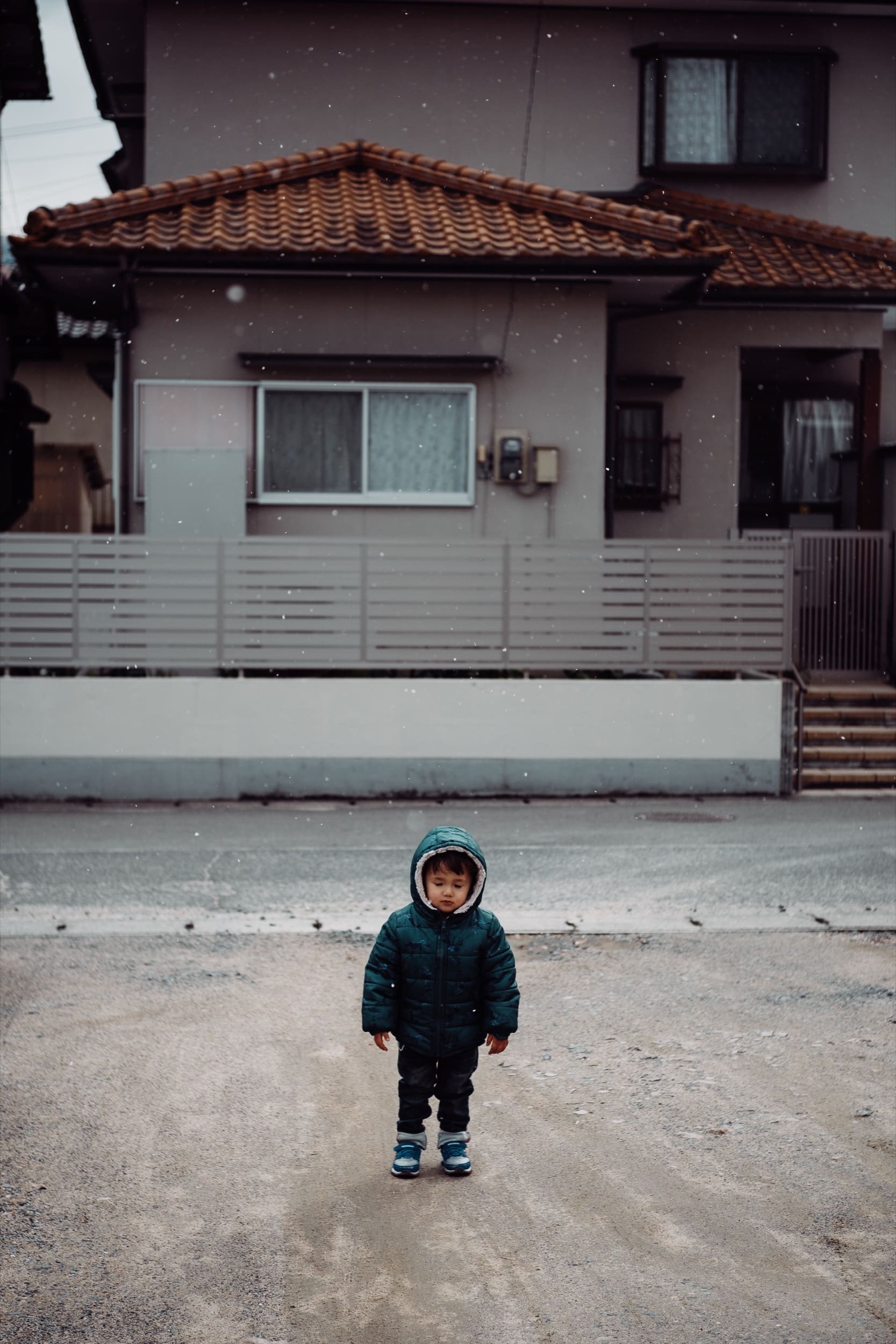

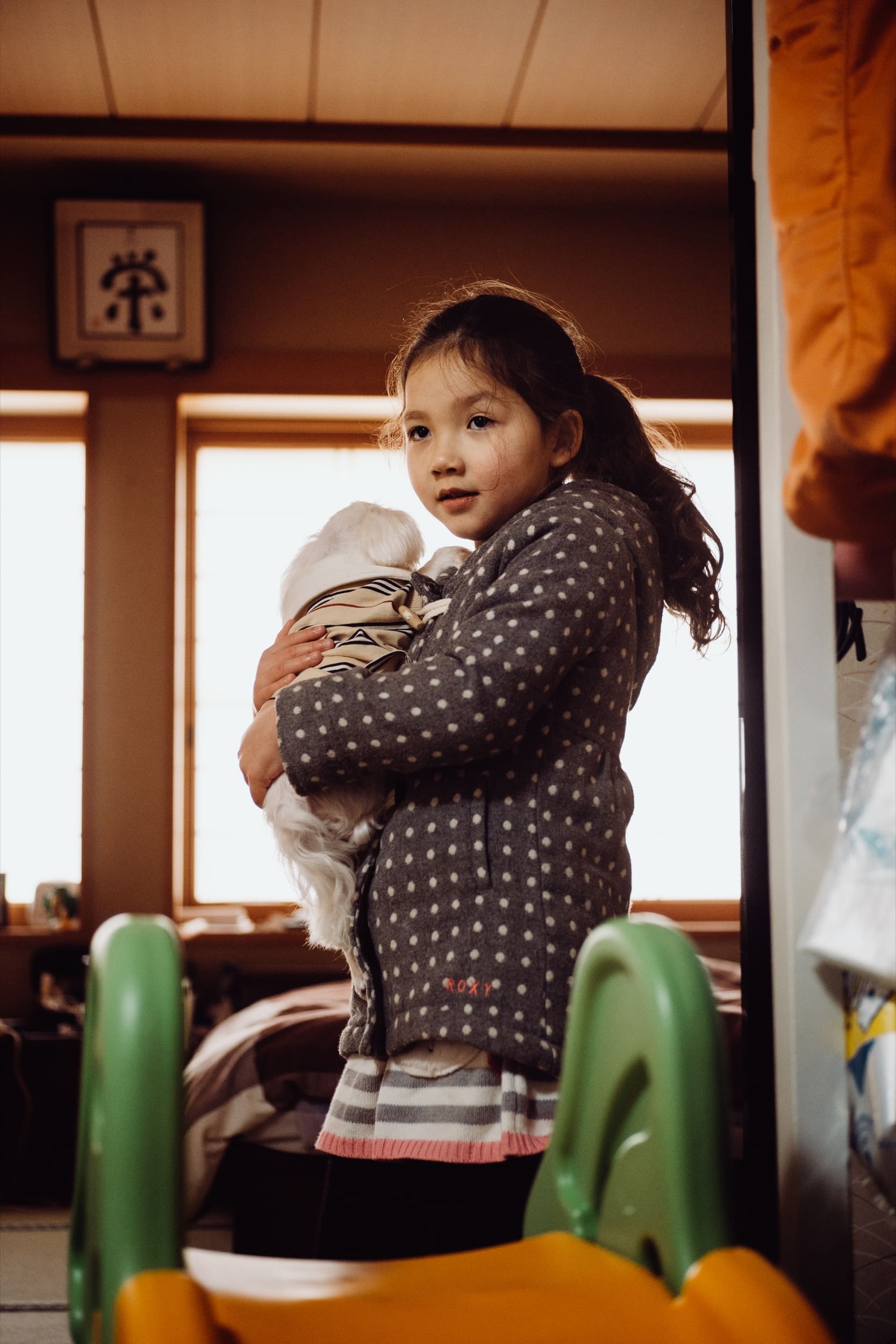

| **This website contains affiliate links. We will earn a small commission on purchases made through these links. Some of the links used in these articles will direct you to Amazon. As an Amazon Associate, I earn from qualifying purchases. |


